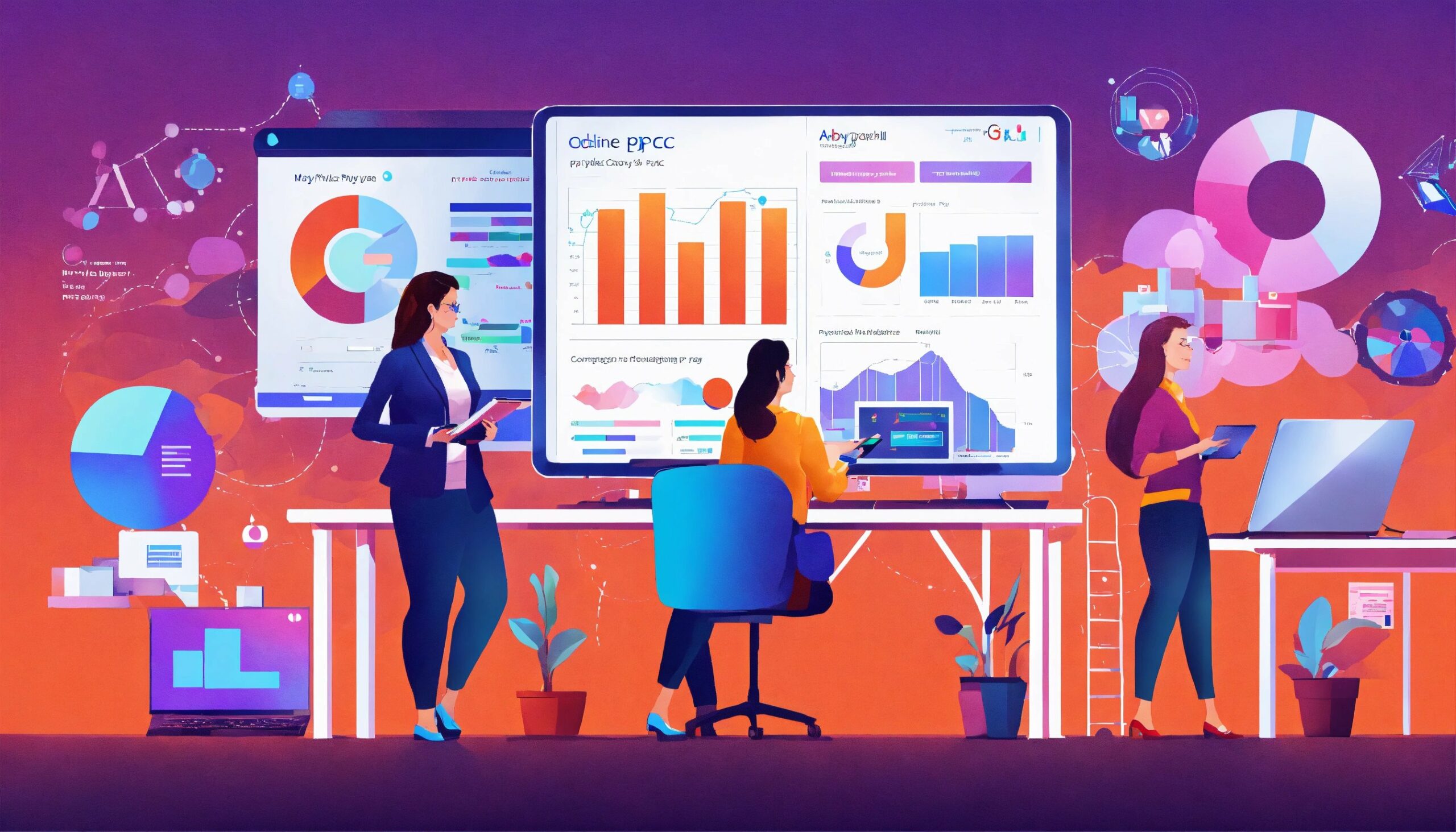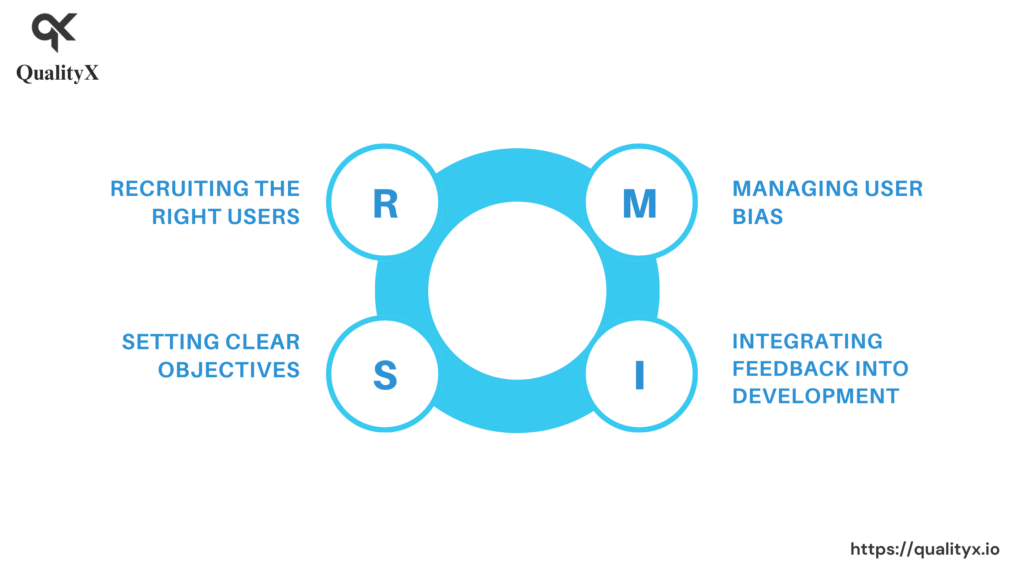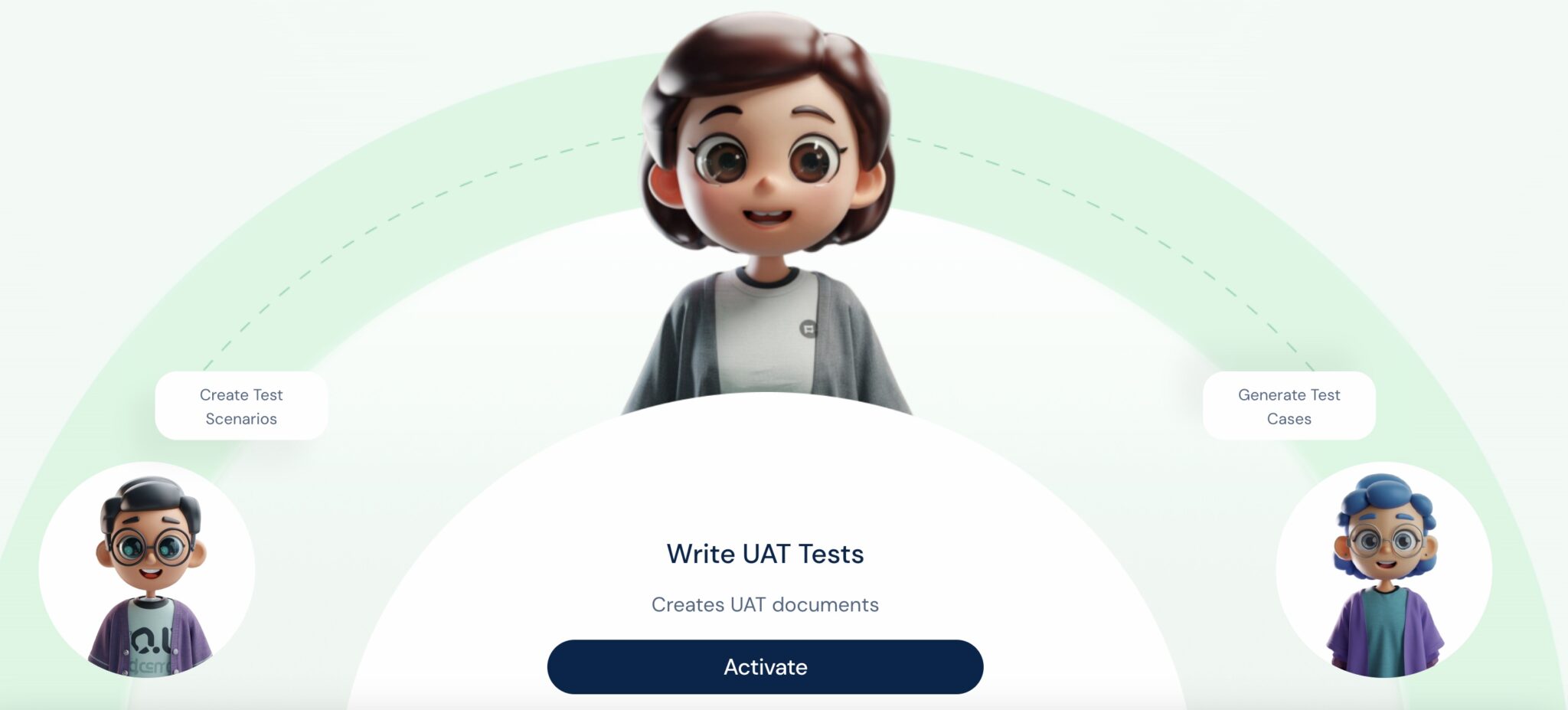Introduction
- In the dynamic realm of software development, the pursuit of high-quality products goes beyond functionality and technical prowess.
- It encompasses the intangible yet crucial aspect of user experience (UX) – ensuring that software meets the needs, expectations, and comfort levels of its intended users.
- This is where user testing emerges as an indispensable tool in the software development arsenal.
User testing, the process of testing software with real users, serves as a bridge between the developer’s vision and the user’s reality. It involves observing and analyzing how users interact with the software, identifying usability issues, and gathering valuable feedback to refine the product’s design and functionality.
Why User Testing Matters?

User testing holds immense value in the software development lifecycle, offering a multitude of benefits:
- Uncovering Usability Issues: User testing brings to light hidden usability issues that may not be apparent during traditional testing methods. By observing users interacting with the software, testers can identify pain points, confusing interfaces, and elements that hinder a smooth user experience.
- Validating Design Decisions: User testing provides empirical evidence to validate or challenge design decisions. By observing how users navigate the software, designers can gain insights into the effectiveness of their design choices and make data-driven improvements.
- Ensuring User Needs are Met: User testing puts the end-user at the center of the development process. By incorporating real-user feedback, developers can ensure that the software aligns with user needs, expectations, and mental models.
- Preventing Costly Reworks: Identifying and addressing usability issues early in the development cycle prevents costly rework later on. User testing helps catch problems before they become deeply ingrained in the software, saving time, resources, and potential user frustration.
Challenges of User Testing

Challenges of User Testing
While user testing offers undeniable benefits, it also presents challenges that need to be addressed:
- Recruiting the Right Users: Finding the ideal test participants is crucial to ensure that the feedback gathered is relevant and representative of the target user base. This often requires careful consideration of demographics, experience levels, and specific user groups.
- Setting Clear Objectives: User testing should be conducted with specific goals in mind, focusing on particular features, functionalities, or usability aspects. Clearly defined objectives help testers collect focused feedback and avoid unnecessary distractions.
- Managing User Bias: User testing can be influenced by unconscious biases, both on the part of the testers and the participants. Careful observation and unbiased analysis are essential to ensure that feedback is objective and actionable.
- Integrating Feedback into Development: Incorporating user feedback into the development process requires a collaborative effort between testers, designers, and developers. Clear communication and a willingness to adapt are key to translating feedback into meaningful improvements.
Effective User Testing Practices
To maximize the effectiveness of user testing, consider these strategies:
- Plan and Define Objectives: Clearly define the goals of the testing session, the features or functionalities to be tested, and the specific questions to be answered.
- Recruit Appropriate Participants: Carefully select participants who represent the target user base, considering demographics, experience levels, and specific user groups.
- Create a Comfortable Testing Environment: Set up a testing environment that is free from distractions and conducive to user focus. Provide clear instructions and put participants at ease.
- Observe and Record User Interactions: Observe how users interact with the software, take notes, and record screen captures to document their behavior.
- Gather Feedback and Analyze Insights: Collect feedback from participants through interviews, questionnaires, or surveys. Analyze the gathered data to identify common themes and patterns.
- Communicate Findings and Recommendations: Clearly communicate the findings of the user testing to designers, developers, and stakeholders, providing actionable recommendations for improvement.
Conclusion: User Testing – The Voice of the User in Software Development
- User testing stands as an invaluable tool in the software development process, providing a window into the user’s perspective and bridging the gap between technical functionality and user experience.
- By embracing user testing, organizations can ensure that their software products are not only functional but also intuitive, user-friendly, and tailored to the needs of their target audience.
- User testing empowers developers to create software that resonates with users, fostering positive experiences, loyalty, and ultimately, a successful product.
aiTest: A Closer Look
aiTest an all-in-one testing platform. This platform is designed to conduct comprehensive testing on your applications concurrently. It supports cross-browser and browser version testing, as well as functional and performance tests integrated with Analytics. Additionally, the platform incorporates automation features, including an LLM for effortless generation and testing of machine learning models and generating test data for the same. One-stop solution for continuous testing, integrating seamlessly with CI/CD pipelines. With support for multiple languages and specialized testing for AI/ML services, aiTest empowers organizations to speed up their release cycles while ensuring quality and reliability.


